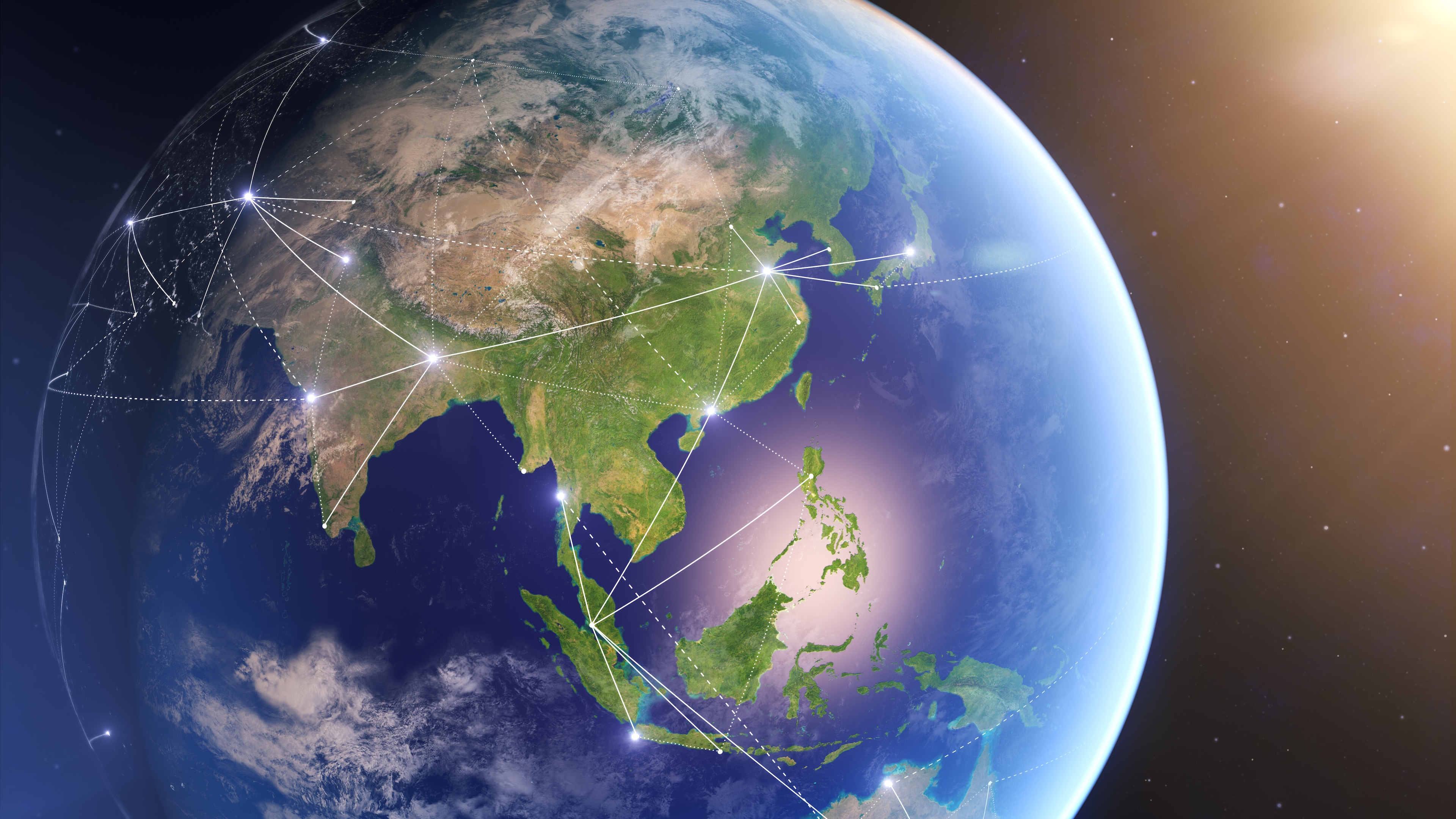Are East Asian cities ready for tomorrow’s growth?

Stay up to date:
Infrastructure
As the world progresses out of the global financial crisis, all eyes are on Asia. The region has consistently outpaced the rest of the world in terms of actual, and forecast, economic expansion. As education improves and wealth increases, rapid consumption drives growth even further.
The upshot of all of this is that Asian cities are booming. By 2030, more than 55% of its population will live in urban areas, according to the Asian Development Bank. There are currently 14 megacities in Asia Pacific (cities of more than 10 million people) – this is set to reach 20 by 2020, which will account for 60% of the world’s total. JLL’S recent research into global cities highlights how these Asian cities are leading the pack in terms of commercial attraction, with the region boasting the largest proportion of high-growth cities globally.
The definition of a city’s success and competitiveness has changed radically over the past decade, and is no longer reliant on traditional measures of skills and growth forecasts. Multiple factors are now in play, including physical and carbon footprints, governance models and the quality of life and culture. It’s becoming increasingly necessary for mature cities to respond to new competition with innovative reinventions and large-scale transformations, while emerging cities must plan and create infrastructure, develop entire new CBDs and balance commercial requirements with the social and cultural demands of its citizens.
To facilitate such swift change, real-estate players are stepping up to the fold. They are establishing innovative financing models, creating partnerships to deliver city infrastructure and enabling sweeping transformations that are vital not only for citizens, but for attracting investors and businesses.
A prime example of an Asian economy leading the way in radical urban change is the Philippines. The archipelago is creating thousands of jobs through the development of Clark Green City (CGC), a 9,450-hectare master development plan located around the Clark Freeport Zone in Pampanga, a province about 80 kilometres away from Metro Manila. The green city will be developed in three phases over the next five decades and will feature a government centre, a central business district, an academic district, an agri-forestry research and development area, and a wellness and eco-tourism district.
A recent quote from Arnel Paciano Casanova, president and CEO of the Bases and Conversion Development Authority, the organization behind the city’s development, sums up both the challenges and opportunities for the region’s cities. “The sub-special economic zones of Clark remained undeveloped for so many years. At the same time, we saw the challenges here in the capital of Metro Manila – too much congestion, which makes the city quite unsustainable – and there was really a need to help ease the pressure and provide more opportunities for growth.”
The scale of growth in Asia Pacific will dramatically change the landscape of the region; the question we all have to ask ourselves is: are we ready?
Author: Jeremy Sheldon, Managing Director of Markets, Asia-Pacific, Jones Lang LaSalle, Hong Kong SAR
Image: A construction workers works on an office building in Jakarta, Indonesia, April 2, 2008. REUTERS/Supri Supri
Don't miss any update on this topic
Create a free account and access your personalized content collection with our latest publications and analyses.
License and Republishing
World Economic Forum articles may be republished in accordance with the Creative Commons Attribution-NonCommercial-NoDerivatives 4.0 International Public License, and in accordance with our Terms of Use.
The views expressed in this article are those of the author alone and not the World Economic Forum.
Forum Stories newsletter
Bringing you weekly curated insights and analysis on the global issues that matter.
More on Economic GrowthSee all
Antara Choudhury and Vivin Rajasekharan Nair
August 14, 2025
Atul Kumar
August 12, 2025
Elizabeth Henderson and Daniel Murphy
August 8, 2025
Li Dongsheng
July 31, 2025
Charlotte Edmond
July 30, 2025
Naoko Tochibayashi
July 30, 2025



